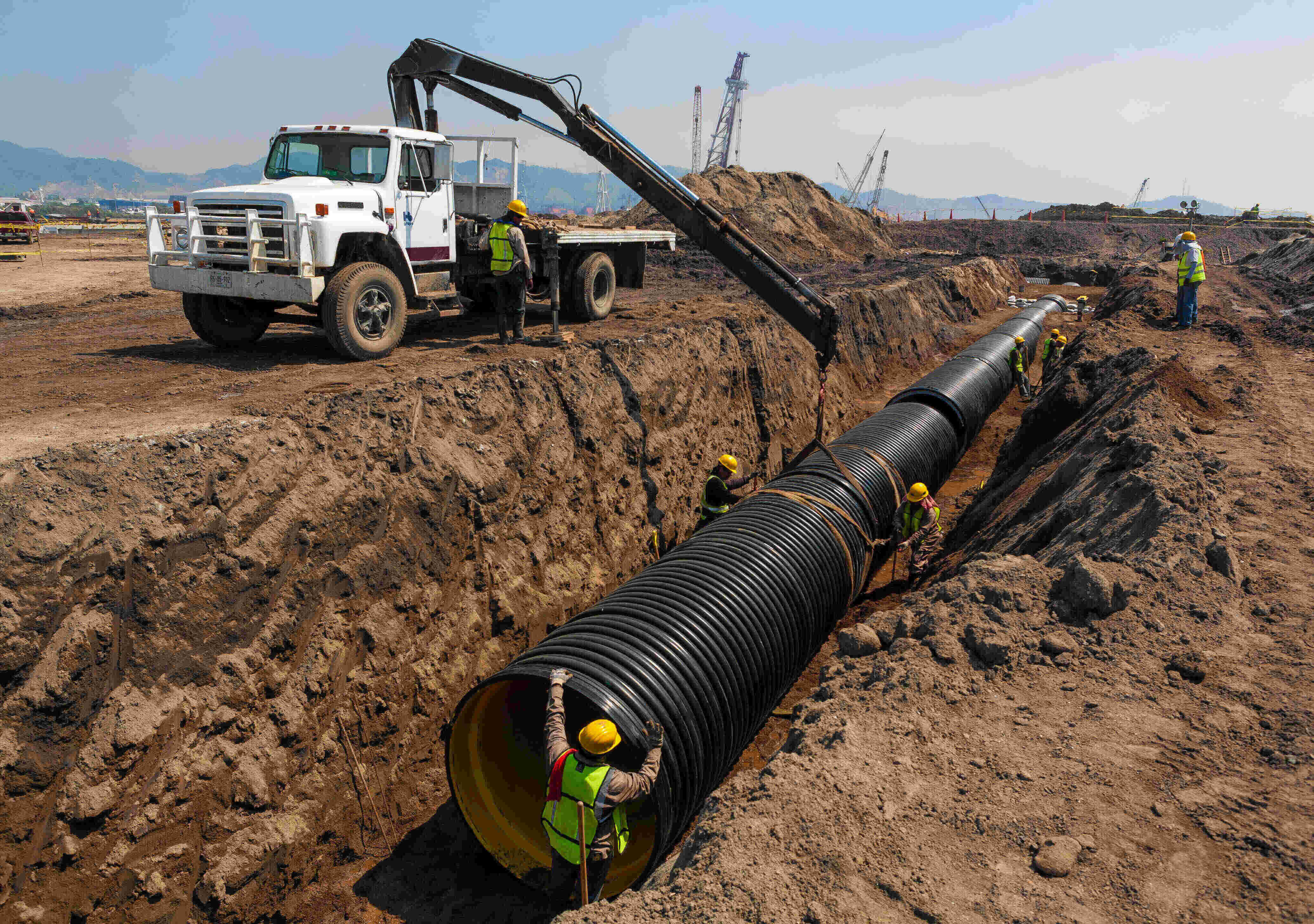
When it comes to the infrastructure and planning of a city or town, one element that is often overlooked but plays a crucial role is the drainage system. It may not be as glamorous as skyscrapers or historic landmarks, but a well-designed and functioning drainage system is essential for the smooth operation of a community and the wellbeing of its residents.
The drainage system is responsible for managing the flow of water, ensuring that excess rainwater is properly channeled away from residential and commercial areas, preventing flooding, and maintaining the integrity of public infrastructure. However, there are many fascinating and astonishing facts about drainage systems that most people are unaware of.
In this article, we will explore 16 astounding facts about drainage systems that will leave you with a newfound appreciation for the intricate and essential work they do in our cities and towns. So, buckle up and get ready to be amazed by the world beneath our feet!
Key Takeaways:
- Drainage systems are essential for preventing floods and maintaining sanitation. They have been used since ancient times and come in various forms, including eco-friendly options like rain gardens and permeable pavements.
- Modern drainage systems are crucial for urban development and agriculture. They help manage stormwater runoff, improve soil stability, and mitigate the effects of climate change. Regular maintenance is key to their optimal functionality.
Drainage systems are crucial for flood prevention.
Drainage systems play a vital role in diverting excess water from rainfall, preventing flooding and water damage to homes and infrastructure.
The earliest known drainage systems date back to ancient Mesopotamia.
As far back as 4000 BCE, the inhabitants of Mesopotamia developed intricate drainage systems to manage water resources and agricultural irrigation.
Drainage systems are not limited to just surface water.
While surface water drainage is commonly known, drainage systems also include subsurface drainage, such as through underground pipes and drains.
Clogged drains are a common problem.
Debris, sediment, and other materials can block drainage systems, leading to standing water and potential damage to property.
Drainage systems contribute to soil stability.
By removing excess water, drainage systems help prevent soil erosion, ensuring stable ground for construction and agriculture.
Modern drainage systems use advanced techniques.
From gravity-based systems to sophisticated underground drainage networks, modern techniques ensure efficient water management and distribution.
Drainage systems are important for maintaining proper sanitation.
Proper drainage prevents the accumulation of stagnant water, reducing the risk of waterborne diseases and promoting hygienic living conditions.
Drainage systems can be eco-friendly.
Sustainable drainage systems (SuDS) use natural methods to manage water, such as rain gardens and permeable pavements, reducing the impact on the environment.
Drainage systems vary greatly worldwide.
Each region has its unique challenges and approaches to drainage, depending on factors like climate, topography, and infrastructure development.
The Great Dismal Swamp in the United States has a unique drainage system.
This vast swamp on the East Coast is drained by a network of ditches and canals, allowing for land reclamation and timber harvest.
Drainage systems play a crucial role in urban development.
Cities rely on drainage systems to manage stormwater runoff, preventing flooding and maintaining the integrity of urban structures.
The complexity of drainage systems requires careful design and planning.
Engineers and urban planners collaborate to create efficient and sustainable drainage networks, considering factors like land use and population growth.
Drainage systems can help mitigate the effects of climate change.
As extreme weather events increase, well-designed drainage systems can help manage and minimize the impact of heavy rainfall and storms.
Drainage systems can improve agricultural productivity.
Proper drainage enhances soil quality, reduces waterlogging, and facilitates effective irrigation, leading to increased crop yields.
Rome has an ancient and elaborate drainage system.
The Cloaca Maxima, constructed over 2,500 years ago, is one of the earliest known sewage systems, built to drain excess water and waste from the city.
Drainage systems require regular maintenance.
To ensure optimal functionality, drainage systems need periodic inspection, cleaning, and repair to address potential issues and blockages.
Conclusion
In conclusion, the drainage system plays a crucial role in maintaining the overall functionality of our cities and ensuring efficient wastewater management. From the ancient civilizations to modern urban planning, the development and improvement of drainage systems have been of utmost importance.
By effectively collecting, transporting, and disposing of excess rainwater and wastewater, drainage systems help prevent flooding, preserve the structural integrity of buildings, and protect human health and the environment.
Understanding the significance of drainage systems and being aware of the fascinating facts surrounding them can deepen our appreciation for this essential infrastructure. So, the next time you see a storm drain or a wastewater treatment plant, remember the remarkable engineering and technology behind it!
FAQs
Q: What is a drainage system?
A: A drainage system is a network of underground pipes, channels, and structures designed to collect and transport excess rainwater, surface water, and wastewater away from residential, commercial, and industrial areas.
Q: Why is a drainage system important?
A: A drainage system is important because it helps prevent flooding, reduces water damage to structures, protects public health by managing wastewater disposal, and preserves the integrity of roads and infrastructure.
Q: How does a drainage system work?
A: A drainage system works by using gravity to transport water through a network of pipes, channels, and gutters towards designated discharge points, such as rivers, lakes, or treatment plants.
Q: What are some innovative technologies used in modern drainage systems?
A: Some innovative technologies used in modern drainage systems include sustainable drainage systems (SuDS), permeable pavement, rainwater harvesting systems, and smart monitoring systems for real-time data collection and analysis.
Q: Are drainage systems only used in urban areas?
A: No, drainage systems are used both in urban and rural areas. While urban drainage systems tend to be more complex and extensive due to higher population density, rural areas also require drainage systems to manage excess rainwater and protect agricultural land from waterlogging.
Q: How can I maintain a drainage system?
A: To maintain a drainage system, it is important to keep drains and gutters clear of debris, regularly inspect and repair any damage or blockages, and ensure proper disposal of hazardous materials to prevent contamination. Consulting with a professional plumber or drainage engineer can also help in maintaining and optimizing the system.
Was this page helpful?
Our commitment to delivering trustworthy and engaging content is at the heart of what we do. Each fact on our site is contributed by real users like you, bringing a wealth of diverse insights and information. To ensure the highest standards of accuracy and reliability, our dedicated editors meticulously review each submission. This process guarantees that the facts we share are not only fascinating but also credible. Trust in our commitment to quality and authenticity as you explore and learn with us.


